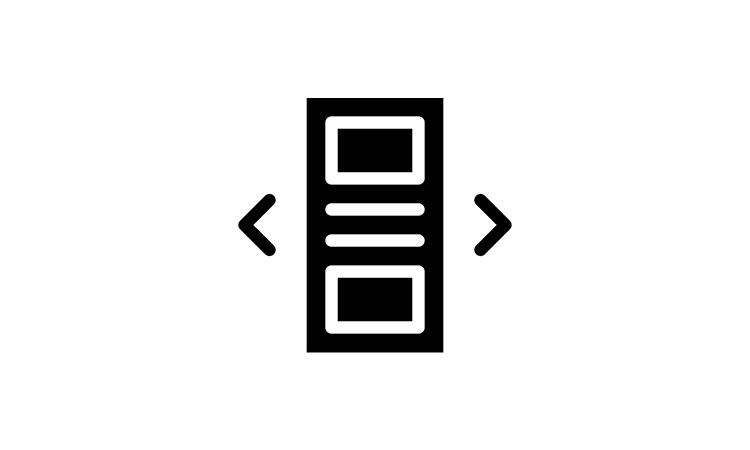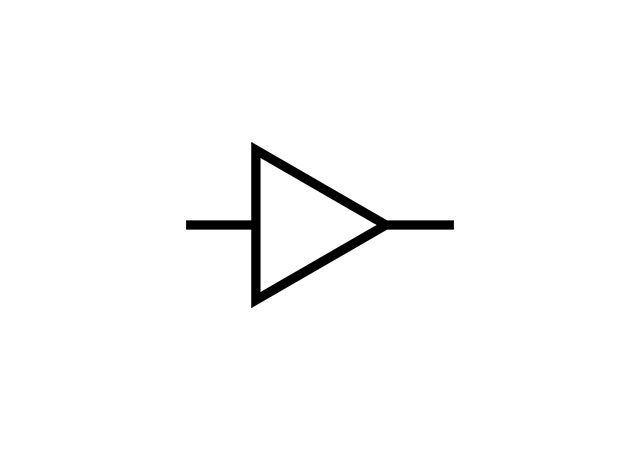This post tells about the most common EIA interfaces. EIA or Electronic Industries Association is formed of individual organisations that define interface parameters and agree on certain data transmission standards.
The Federal Government has adopted some of the EIA interface standards as Federal Standards or Federal Information Processing Standards.The standards TIA/EIA-XXX are presented as the telecommunication-standards-developing bodies of the EIA and are now a part of the TIA (Telecommunications Industry Association).
EIA‐232E (25‐pin) interface
The basic EIA‐232 standard was reviewed to acquire various things in July 1991. One of them was to remove the EIA‐232D standard (a 9‐pin interface) as there was a mass misunderstanding that it replaced the old EIA RS‐232.
It was generated from the telecommunications industry making use of a small-size interface with identical electric characteristics as those of EIA 232.
The standard that replaces the 9‐pin interface is EIA‐574. Another greater emendation of EIA‐232E was the introduction of a smaller interface designated EIA‐232E Alt-A, a 26‐pin interface. This is the interface that could become the interface of the future since it is resembling the 9‐pin interface along with much more capacity.
The EIA‐232‐model interfaces are limited to 20 Kbps. On the other hand, for faster speeds, the recommendations are: EIA‐530 standard (which replaces the EIA‐449 standard), EIA‐574 standard (9‐pin replacement for EIA‐232B, EIA‐561 standard (RJ45‐type or 8‐position miniature).
ANSI/EIA‐530 interface
The EIA‐530 interface is the reply to claims about the great size of the EIA RS‐449 37‐pin interface at the time of retaining the frequency spectrum of up to 2 Mbps.
Nowadays, the EIA 530 interface uses the equivalent mechanical connector like the EIA‐232 standard. But it uses the balanced voltages of the EIA‐422 A standard or else the non‐balanced voltages of the EIA‐423 A standard.
Though it’s physically possible to connect an EIA‐530 to an EIA‐232, they are not consistent. Voltages are dissimilar and don’t contain the same pin designations. Pins labeled A and B are used for each corresponding circuit at the time balanced voltages are used. And the interfaces only use pins labeled with the letter A and the common signal return pin at the time unbalanced voltages are used.
ANSI/EIA‐574 interface.
The EIA/TIA‐574 interface takes the place of the EIA‐232D interface. It makes a new 9‐pin connector.
But this connector is not electronically balanced with the EIA‐232D standard, which utilizes 5 to 15-volt signals and receives speeds below 20 Kbps.
Besides this new 9‐pin interface is competent with faster data speeds and is conducted by a +/‐ volt power unit. The most interesting thing is that it behaves the same female plug.




